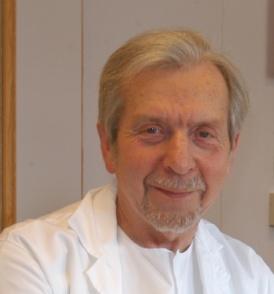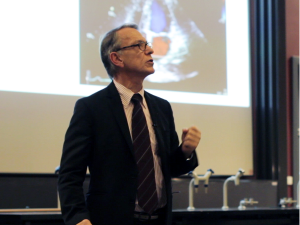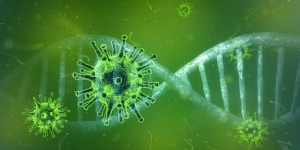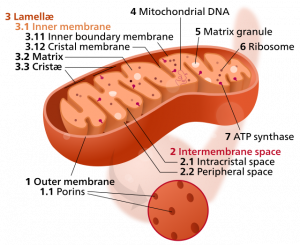Selenium exposure in the diet and in supplements: in this review article, we summarize the key outcomes of the best selenium exposure studies.
Optimal Selenium Intake and Status
In his review of the available research literature, Professor Urban Alehagen, Linköping University, Sweden, concluded that a daily intake of 100–150 mcg of selenium per day is required.
This is the intake level that enables an optimal expression of the important selenoprotein P that transports selenium from the liver to peripheral tissues [Alehagen 2022]. For other selenoproteins to be optimized, i.e., to be fully expressed, Prof. Alehagen argues that selenium status of approximately 120 mcg/L when measured in red blood cells is necessary [Alehagen 2022].







